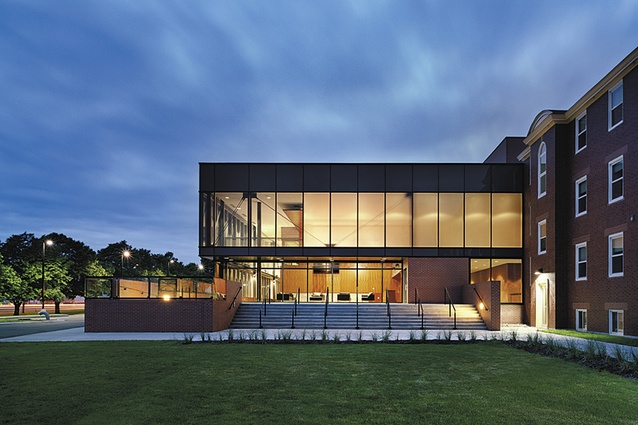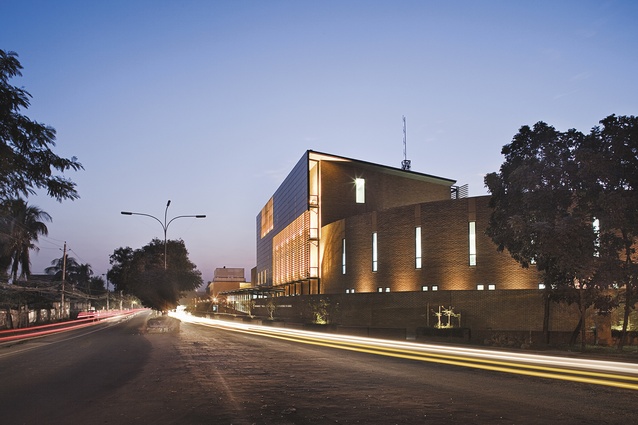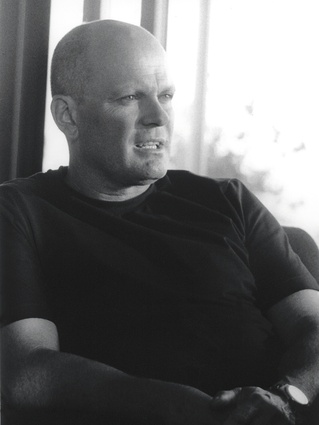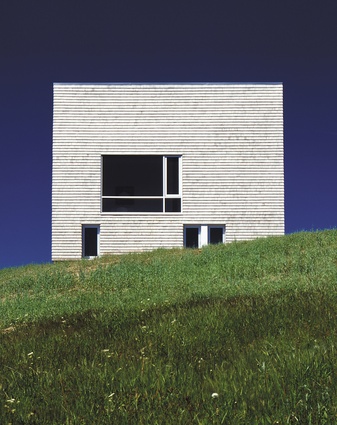Brian MacKay-Lyons: Living within the landscape
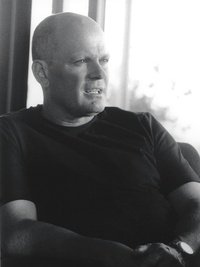
Brian MacKay-Lyons, touted not only as regionalist architect extraordinaire but sheep farmer and sea kayaker too, gave talks in Auckland and Wellington recently. As a self-described “village architect”, MacKay-Lyons demonstrated his intimate connection with and understanding of regional culture through a series of projects in the Nova Scotia landscape. His fundamental principles of ‘listening’ and ‘willing’ clearly form the basis of his ability to interpret the environment and create a fitting response.
In expounding the differences between our antipodean climate and the Nova Scotia freeze/thaw cycles, MacKay-Lyons reminded the audience about how strongly building traditions and responses to climatic necessities dictate many of the formal qualities of any architect’s work. Local climate, industry and cultural traditions inform the vernacular; in the case of Nova Scotia, MacKay-Lyons suggests that it is the need for “shrink-wrapped architecture” where climate necessitates that building skins be thin enough to put a fist through, alongside a tradition of boat-building and a material culture that have most clearly expressed themselves through vernacular forms.
Regarding the reproduction of vernacular forms, MacKay-Lyons spoke with a certain derision, saying it is “what you do when you can’t afford to get it wrong”. However, through its interrogation and analysis he is able to see his own landscape more clearly. By building on what the vernacular has defined, MacKay-Lyons forms spaces through which it is possible to dwell within this landscape.
Many of the presentation slides exhibited MacKay-Lyons’ parti drawings, which showed a clear demonstration of how an inherent understanding of a region enables an almost instinctual response. Through the process of creating parti diagrams with clients through what MacKay-Lyons terms ‘participatory design’, a definite ability to listen to both anthropological needs and the cultural environs can be seen through the correlations between initial diagrams and final architectural work. These drawings take into account not only spatial relationships but the process of building from traditions to the tradespeople involved in the realisation of any given project.
However, MacKay-Lyons isn’t simply an expert at building within his ‘village’ of Nova Scotia, or solely at a residential scale. His regionalist lens is apparent in any landscape in which he is engaged to design in. This ability to draw out the regional characteristics in foreign landscapes was illustrated through his project for the Canadian Embassy in Bangladesh. Not only did MacKay-Lyons address the social interactions mediated through this building, but his ability to observe the traditional building techniques provided cost-cutting benefits, in addition to providing a more intimate connection to the region as a whole.
The latter part of the lecture further elaborated on MacKay-Lyons’ ‘willingness’ in the form of teaching, presenting a series of images on the Ghost Architecture Laboratory programme. MacKay-Lyons annually offers a two-week-long design-build experience on his farm in Nova Scotia for architects, students, engineers and the like. Nova Scotia’s regionalist issues are formalised here in an event that sets out to teach methods of interpreting regional qualities and translating them into architectural responses that resonate with their sites. “If you know the material,” he notes, “you don’t need [construction] drawings.”
“Theory is the culture that is wrapped around you,” says MacKay-Lyons and it is for this reason that abstract assumptions play no part in his process. If his work is anything to go by, it’s hard to disagree.

